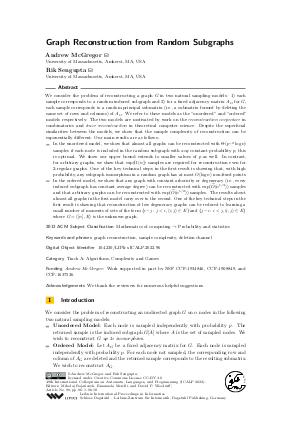LIPIcs.ICALP.2022.96.pdf
- Filesize: 0.73 MB
- 18 pages

 Creative Commons Attribution 4.0 International license
Creative Commons Attribution 4.0 International license
















Feedback for Dagstuhl Publishing